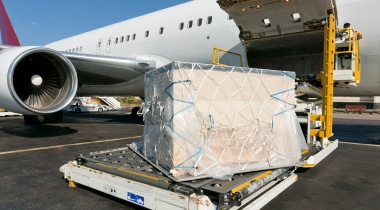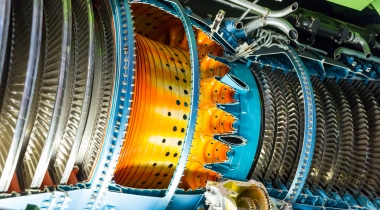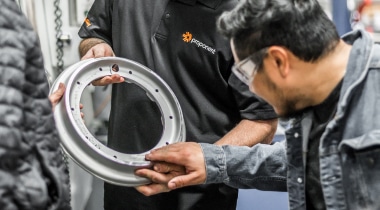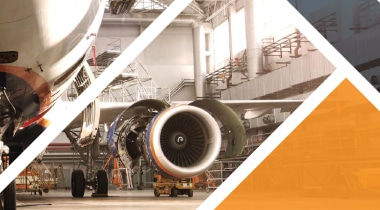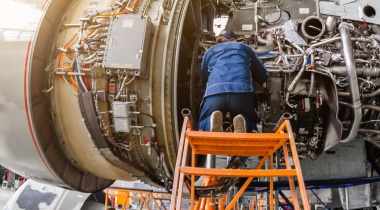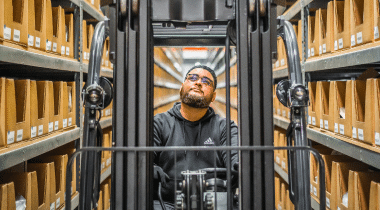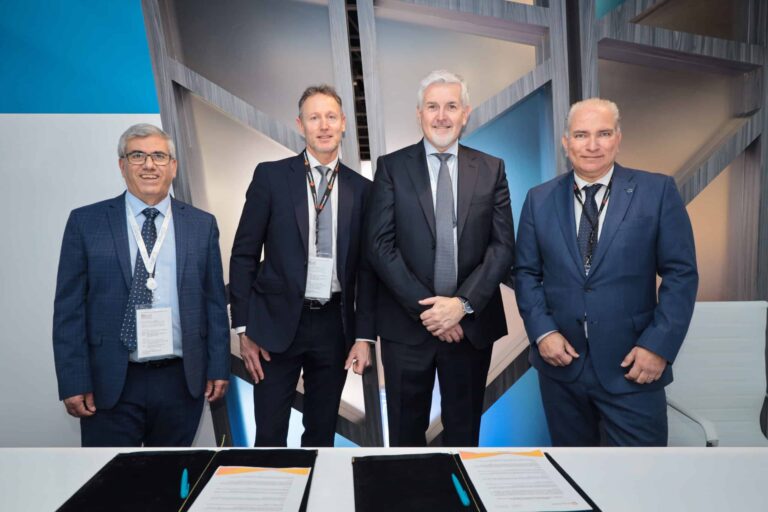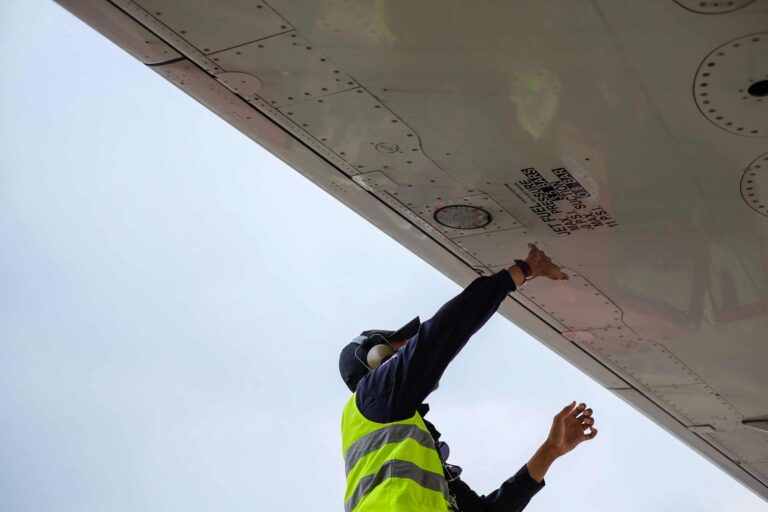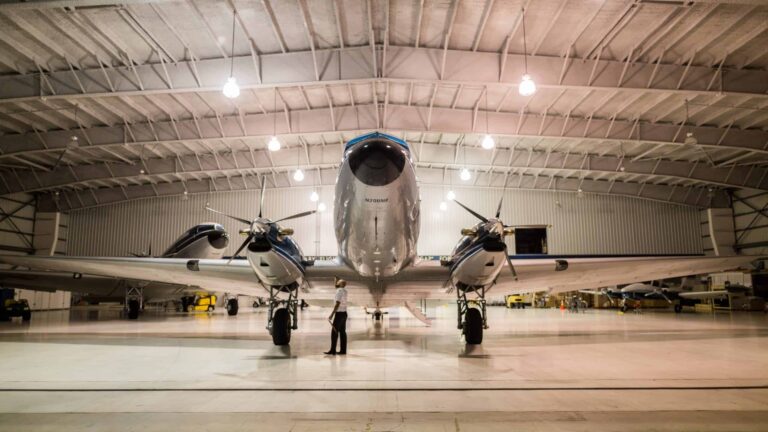As the availability (and carbon footprint) of air travel rapidly expands and space pollution continues to increase with every launch, the need for aerospace technology aimed at addressing these issues is evident. Luckily, these and other environmental impacts have not been ignored by those within the industry. Check out some of the latest advances in aerospace technology aimed at creating “greener” aviation.
Biofuels Are Becoming Mainstream
In 2011, ASTM International gave its stamp of approval on natural, oil-based biofuels for use in commercial aircraft. As a result, airlines and manufacturers have begun to include these alternative fuels in their existing fleets. United Airlines made history by becoming the first commercial airline to make regular use of sustainable biofuel for its flights between Los Angeles and San Francisco. Similarly, Alaska Airlines and Virgin Atlantic are aiming to follow suit. And Boeing has partnered with Alaska Airlines to assist the Seattle-Tacoma airport in presenting substantial biofuel options to all interested airlines. The willingness of airlines, manufacturers and airports to embrace the use of biofuel means inclusion of this eco-friendlier aerospace technology will soon become an industry standard. Similarly, privatized space travel featuring reusable equipment may also enter the mainstream.
Space X and the Future of Aerospace Travel
This year, SpaceX became the first aerospace manufacturer to launch and then reuse an orbital rocket. The now-famous series of Falcon 9 launches shows promise in bringing improved sustainability to future space travel. Blue Origin is also working to make space travel more accessible — and sustainable. The New Shepard “space vehicle” promises to be fully reusable upon takeoff and landing. While billionaires bent on sustainable space tourism continue to make strides toward reusable equipment, the implementation of thoughtful strategies here on Earth is also making an impact.
Creating a “Green” Supply Chain
While strides in aerospace technology show promise of improving the ecological footprint of the industry, the inclusion of common-sense efficiency models is another help. At Kapco Global, our partnership with suppliers around the globe directly equals reduced shipping times and distance traveled for most aircraft parts. Practical actions such as this not only aid in improving customer experience, but also greatly reduce carbon emissions traditionally associated with the long-distance shipping of supply chains.
As aerospace technology advances, sustainability efforts follow. While once thought to be an industry incapable of curbing pollution, aviation continues to demonstrate its commitment to the Earth. Whether it be through biofuels and other alternatives, reusable rockets, or practical solutions for the supply chain, a greener future is in sight.
Tweet
More From the Kapco Global Blog
Kapco Global Discusses the Latest Trends in Green Aviation with Avionics Magazine
3 Big Impacts to Aircraft Maintenance in 2017
Cyber Security and Other Methods of Protection Against Aircraft Hacking

